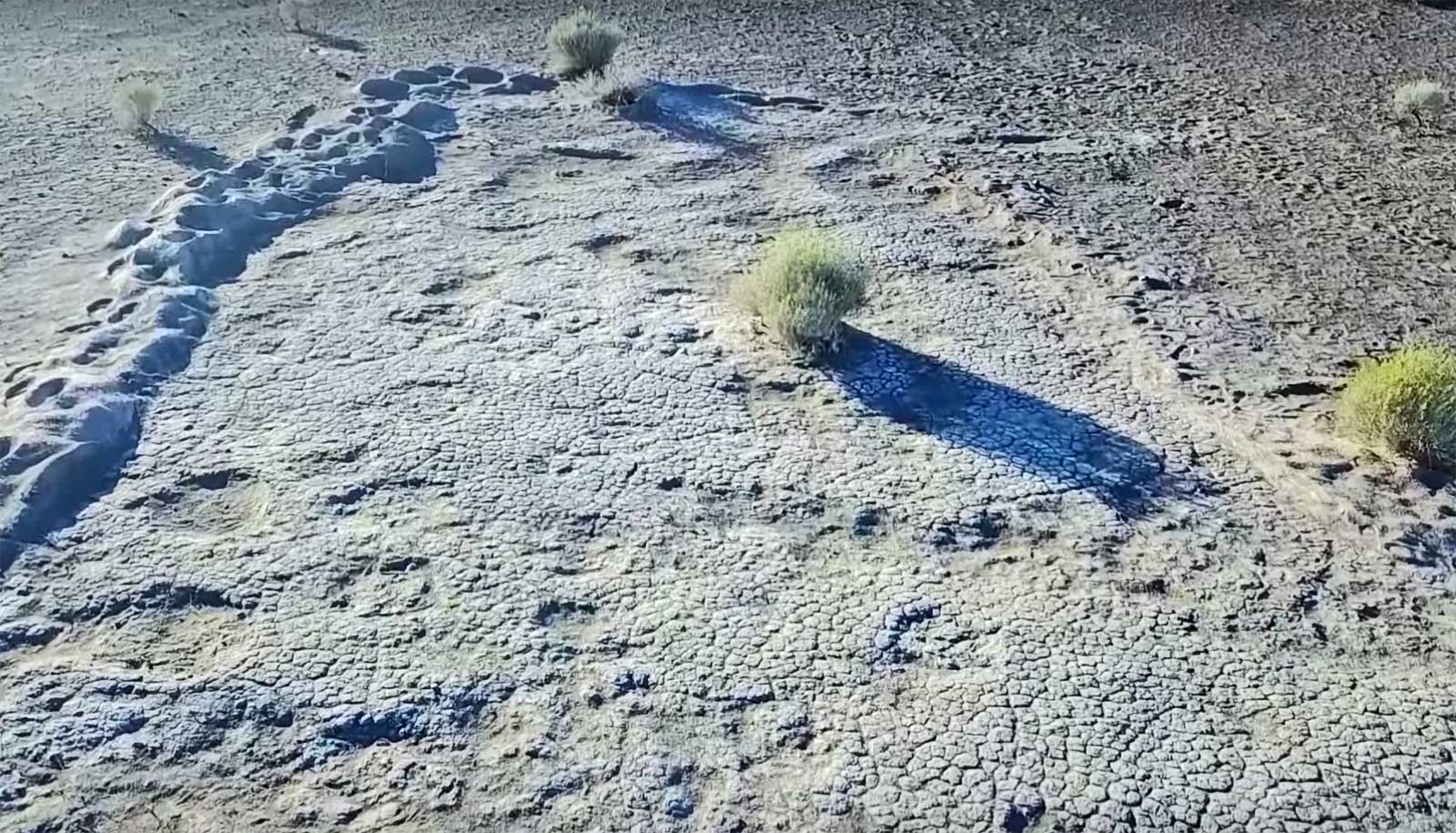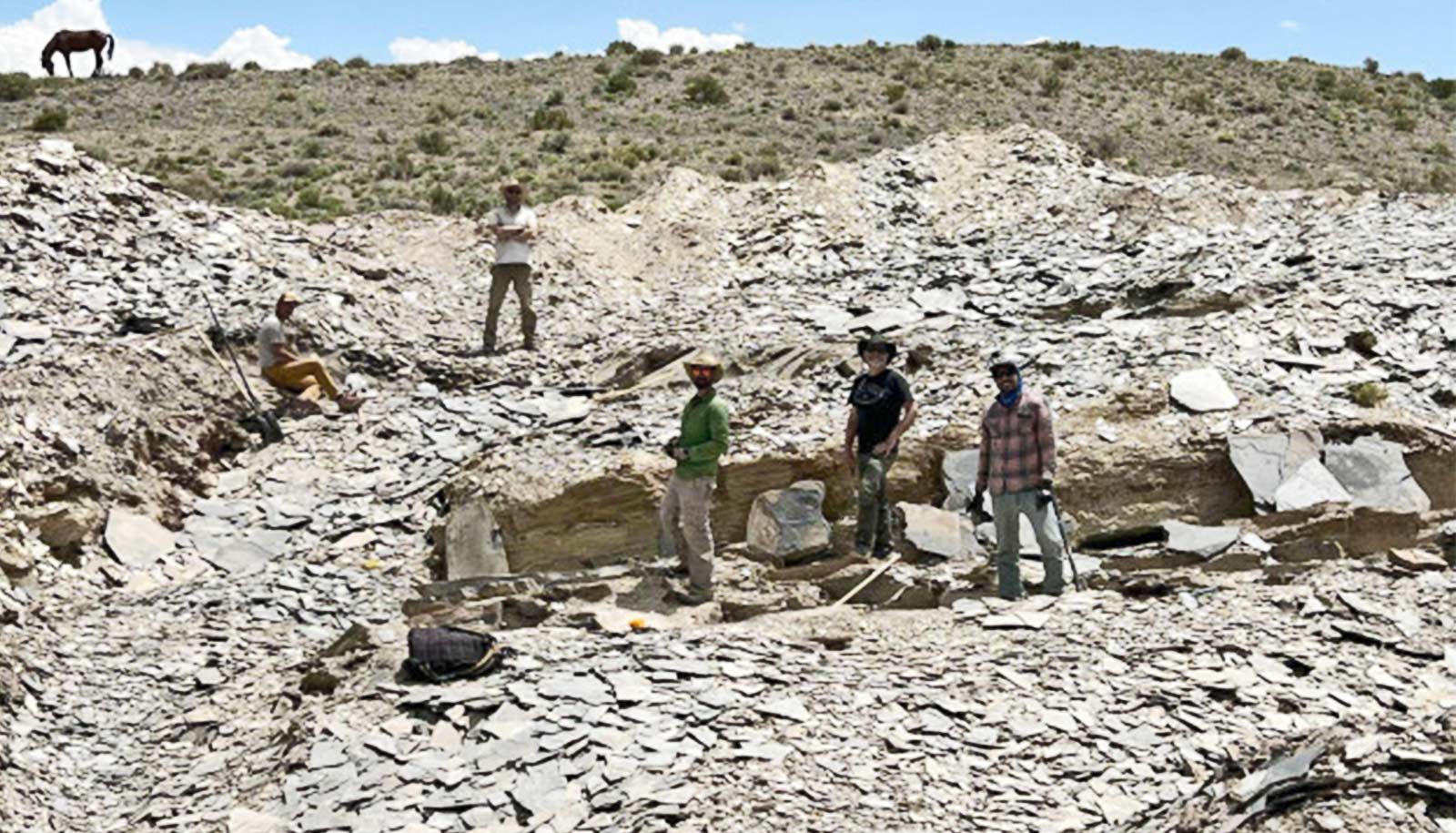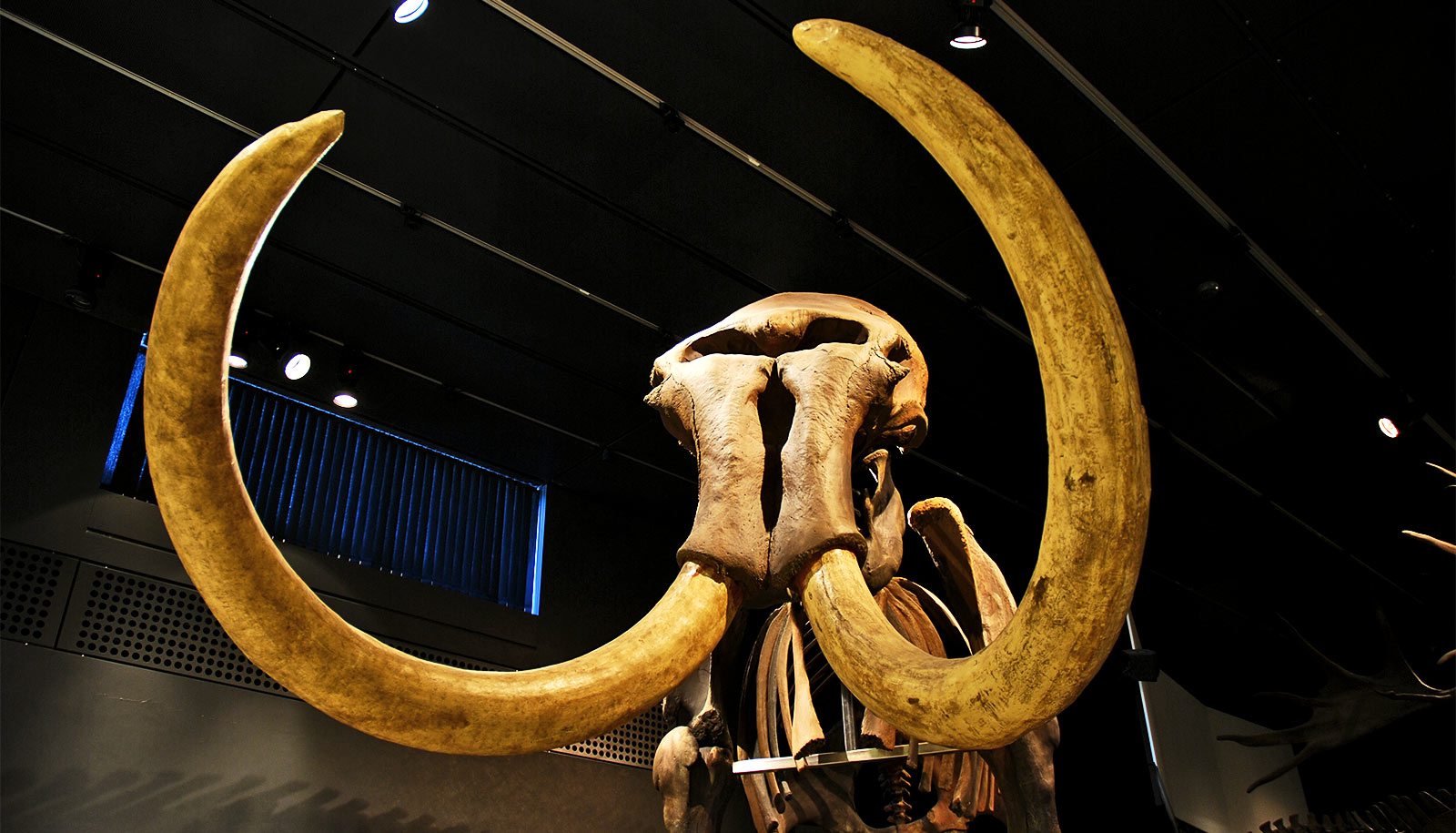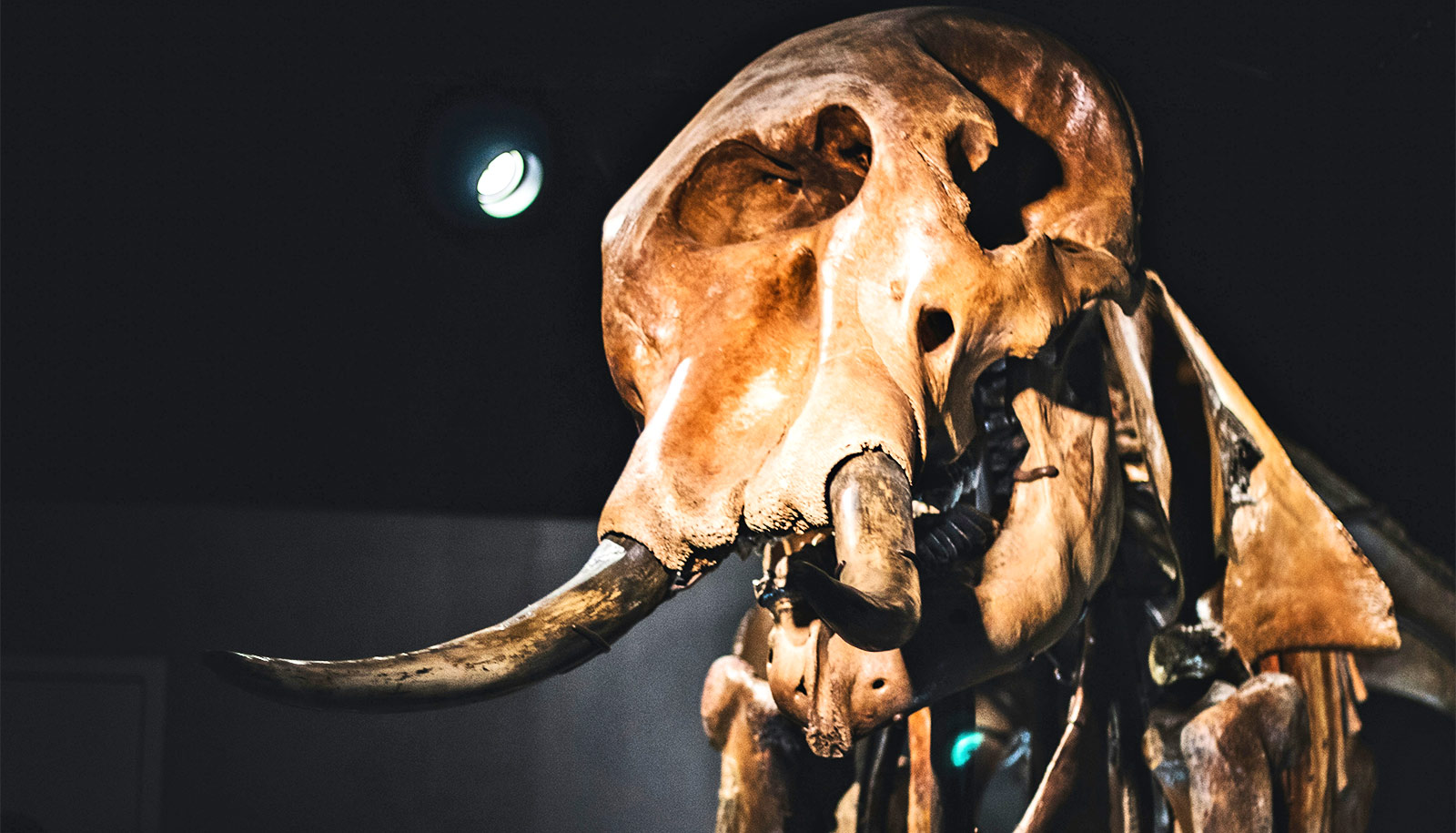The footprints of adult, juvenile, and infant mammoths, fossilized in south central Oregon, may hold clues to the ancient creatures’ family dynamics.
Greg Retallack, a paleontologist with the University of Oregon’s Museum of Natural and Cultural History discovered the trail while on an exploratory field trip in 2014 with six students in a class about fossil plants.
Unsure of exactly what the site might hold, Retallack, along with science librarian Dean Walton, returned to the location last year with researchers from the museum, the Bureau of Land Management, and the University of Louisiana to excavate the trackway.
The team identified 117 impressions, dated to about 43,000 years ago, in a layer of volcanic soil at Fossil Lake, an ancient basin that University of Oregon science professor Thomas Condon first excavated in 1876.
Woolly mammoths once roamed across Alaska and Canada, and Columbian mammoths inhabited from Washington state to South Dakota and south into Mexico. Most went extinct about 11,500 years ago, but some isolated populations of woolly mammoth persisted until 4,000 years ago.
The team initially zeroed in on a 20-footprint track with some intriguing features.
“These prints were especially close together, and those on the right were more deeply impressed than those on the left—as if an adult mammoth had been limping,” says Retallack, who also is a professor in the department of earth sciences.
The limping animal wasn’t alone, the six-member research team reports in the journal Palaeogeography, Palaeoclimatology, Palaeoecology. Two sets of smaller footprints appeared to be approaching and retreating from the limper’s trackway.
“These juveniles may have been interacting with a limping adult female, returning to her repeatedly throughout the journey, possibly out of concern for her slow progress,” says Retallack, the study’s lead author. “Such behavior has been observed with wounded adults in modern, matriarchal herds of African elephants.”
Did the last woolly mammoths die of thirst?
Trace fossils such as those found in trackways can provide unique insights into natural history, Retallack says.
“Tracks sometimes tell more about ancient creatures than their bones, particularly when it comes to their behavior,” he says. “It’s amazing to see this kind of interaction preserved in the fossil record.”
The excavation took place under a Bureau of Land Management permit and funded by a Sandal Society grant from the Museum of Natural and Cultural History. Fossil Lake, a remote site 65 miles southeast of Bend, is administered by the Bureau of Land Management.
Source: Kristin Strommer for University of Oregon



